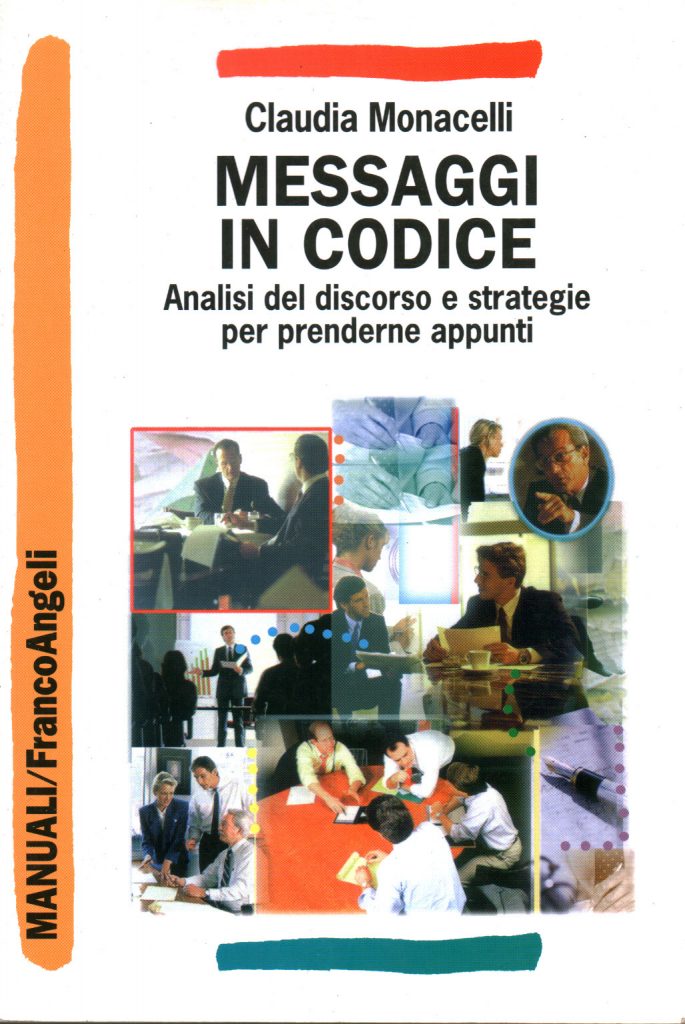A dummy booth is a real interpreting booth in a meeting room but which is not being used by the interpreters during that meeting, and in which student interpreters may sit and listen to the meeting, or practice their interpreting in a realistic environment.
Whether you’re doing an internship or ‘stage’ at an international institution, as many student interpreters do; whether you are just visiting but the interpreting division has let you use the booths for a while; or if you some find yourself in a dummy booth; you should know that there are ways to get the best out of your time in the booth. Here are some DO’s and DON’T’s…
The only DON’T is simple…. NEVER TURN THE MICROPHONE ON!!
The DO’s…
DUMMY BOOTHING
1. Prepare for whatever meeting it is in the same way working interpreters do. If you don’t know how they do, ask!
Find out, amongst other things…..who’s chairing, get an agenda, the minutes of the last meeting, get a list of participants, read around the subject for half an hour on the internet (the press, departmental or group’s pages within the institutions web site are usually a good bet).
2. If you are being chaperoned by a staff member from the institution ask them for the low-down on the meeting and the people in it.
3. Arrive at the beginning of the meeting, not half way through – chances are you will not be able to follow. If you do arrive late try to find where they have got to on the agenda.
4. Don’t interpret straight away. The temptation is to sit down and practise interpreting straight away…don’t! Take 15-20 minutes to listen your way into the meeting, in this way you can pick up some terminology, get used to the speakers and the atmosphere. Then start interpreting.
5. If agenda points are being discussed at length (30 minutes or more) don’t be afraid to listen only for the first 10 minutes of each agenda item before starting to practise.
6. Don’t practise too long. Even working interpreters only work for 30 minutes at a time. As a student you are not expected to keep up, but all the same students in dummy booths will often want to make the most of the rare opportunity and interpret for an hour or more without a break. This is counter productive. Take a break every fifteen minutes, twenty at most if you have the stamina.
7. Be aware of what your strengths and weaknesses are when interpreting and how they hold up in this new environment. Write down a few key words before going into the dummy booth (‘Don’t day eeerrrrrr’, ‘finish sentences’, ‘don’t overuse words like ‘problem’) – whatever is relevant for you – and refer to them at regular intervals to see how you’re doing.
8. Practise with someone else who can listen to your work and comment on it at the end (briefly). If you are alone, take a dictaphone with you and listen to at least half of your interpreting – so interpret for 15 minutes, listen to tape for 10 minutes, have a 10 or 20 minute break, interpret again.
9. When listening to a colleague, or getting feedback from them, be aware of the difference between the one-off corrections and the more fundamental issues of interpreting technique that if corrected will serve you again and again in the future. Concentrate your efforts on improving the latter. For example, getting a phrasal verb wrong once is not as serious as mumbling all the time!
10. Try to enjoy it!
